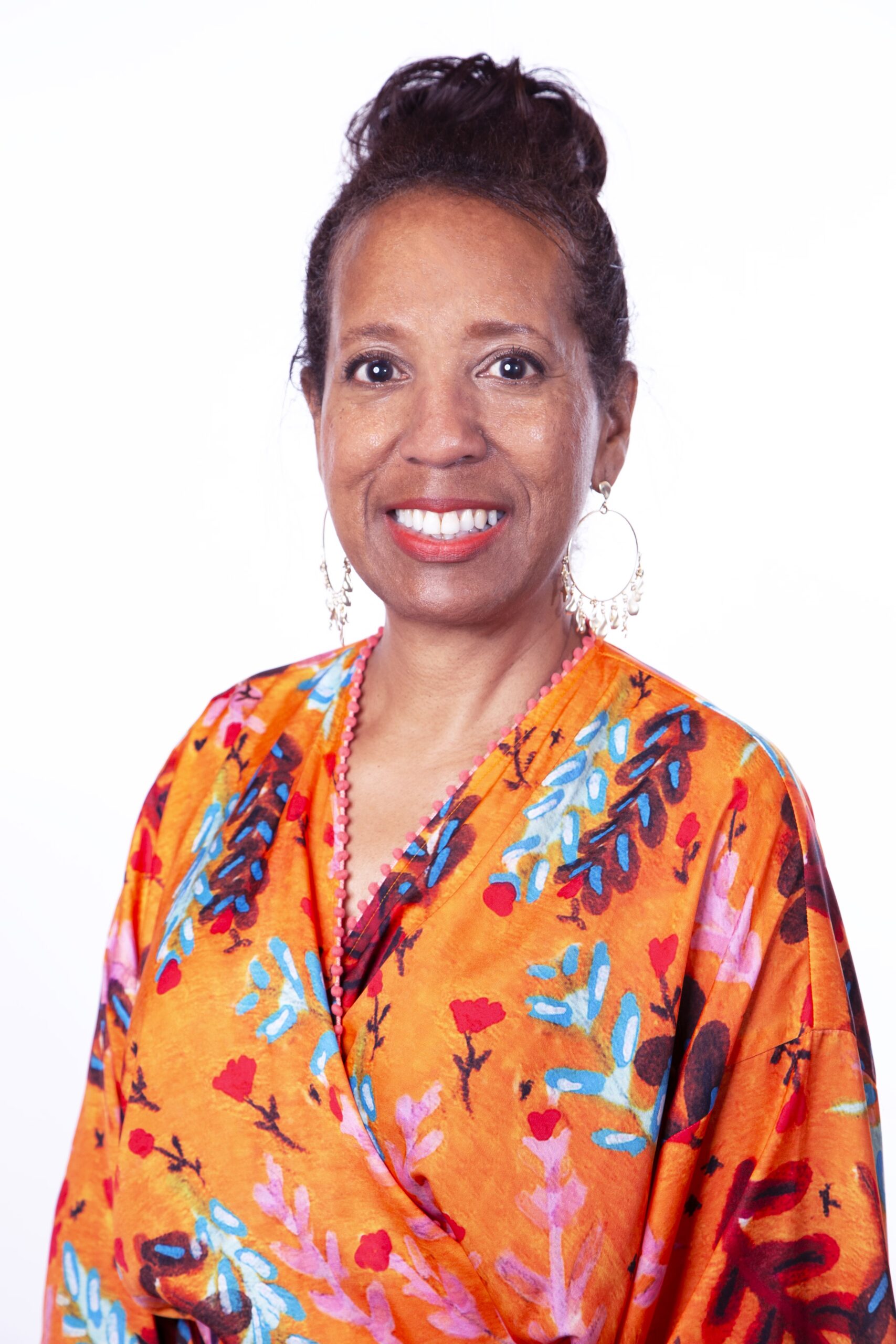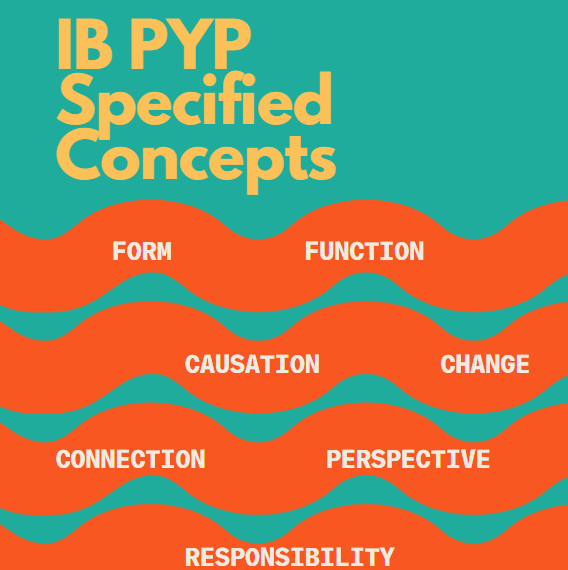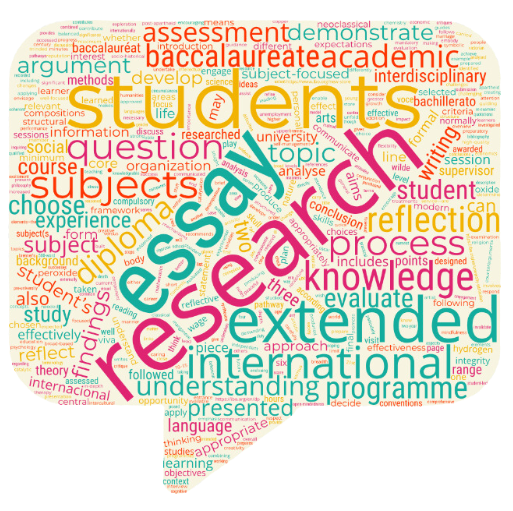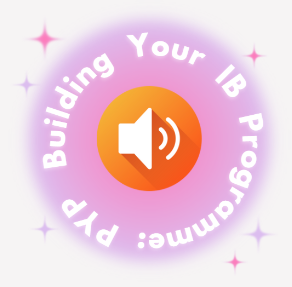Updated: Apr 12, 2021
“Curiosity facilitates engagement, critical thinking, and reasoning. We nurture children’s curiosity and other life-long learning skills when we encourage them to identify and seek answers to questions that pique their interests.” – Roots of Action
“We keep moving forward opening new doors and doing new things, because we’re curious and curiosity keeps leading us down new paths.” – Walt Disney
Exploring what a community of inquiry might look like in the last post leads us to thinking about what are the teacher actions that create this classroom culture. If we choose to cultivate curiosity as our goal, we can create a wonderful environment where we nurture learners to formulate, test, and research questions. Once students are curious about the concepts presented, they will take ownership of the learning and happily go down the new paths as we serve as guides on the side.
One way to create curiosity is to frontload learners by displaying interesting artifacts, articles, questions, and books or by using video clips and virtual or actual field trips to draw students into the topic at hand. Consider what will provoke students to be motivated to run towards the target learning pathway with a barrage of their own questions in tow. These wonderings and questions can be recorded on sticky notes and placed on a Wonder Wall in the classroom. Next, we could introduce a KWL or KWHLAQ chart to activate prior knowledge, begin inquiry, and generate excitement for learning.

Another avenue is to use thinking routines to get students to ponder, reflect, imagine, debate, deliberate, predict, estimate, hypothesize, propose, and understand. The Harvard Graduate School of Education’s Project Zero Thinking Routine Toolbox is an excellent resource for supporting student thinking and creating an inquiry-based approach to learning experiences. These easy-to-implement routines guide learners’ thinking by providing steps for revealing their reflections throughout the inquiry process.
Modeling curiosity and inquiry for learners is another action that develops learners to do the same. By making our own thinking visible, learners will discover what the language of inquiry sounds and looks like. Additionally, the door opens to demonstrate and discuss metacognition.
Finally, project-based or problem-based learning experiences are exceptional ways to evoke inquiry-based learning. Bringing real-world experiences and authenticity to the classroom is a great scaffold for building curiosity around subject objectives. Learners will have the chance to act in the roles of mathematicians, scientists, writers, historians, linguists, artists, and designers in meaningful contexts.
Walt Disney also has this quote about curiosity, “When you’re curious, you find lots of interesting things to do.” With provocative, frontloaded, thinking routines rich, think-aloud modeled, project-based and problem-based laden learning experiences, learners will be inquirers that are inspired to find the answers to their own interesting questions. They will be equipped with the skills and dispositions to solve problems and gain new understandings in the classroom and beyond.
*Click here for more resources for Creating Curiosity in the Classroom
Author
-

Jill is the CASIE Director of Education. She has a Master’s degree in Educational Leadership from Clark Atlanta University and a Bachelor’s degree in Education from The Ohio State University. Her past work experience includes serving as a teacher, IB coordinator, assistant principal, associate principal, 12 years as a principal with the last 7 leading an IB World School, Executive Director of Academic Programs including all four IB Programmes, head of of Curriculum and Assessment for Marietta City Schools, and an IB Educator Network programme leader. She enjoys learning, reading, walking, spending time with her husband, daughter, son, daughter-in-law, and friends.
View all posts




